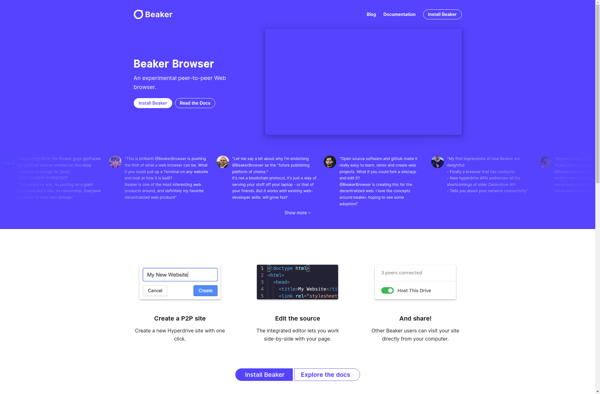The Web
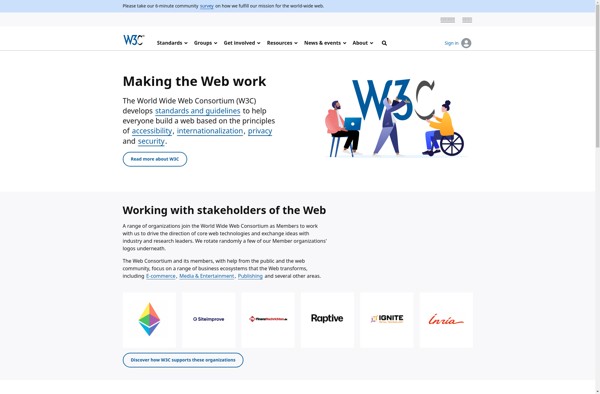
The Web: An Open System of Interlinked Hypertext Documents
A global platform facilitating easy sharing of information and collaboration among users worldwide, accessed via the Internet.
What is The Web?
The World Wide Web, commonly known as the Web, is an information system enabling documents and other web resources to be accessed over the Internet. Documents and downloadable media are made available to the network through web servers and can be accessed by programs such as web browsers. Servers and resources on the World Wide Web are identified and located through domain names and web addresses.
The Web was invented by Tim Berners-Lee in 1989 while working at CERN. His goal was to develop a system to allow scientists to easily share information between different locations and computer systems. To achieve this he created the three fundamental technologies that remain the foundation of the Web today - HTML, HTTP, and URLs.
HTML, or HyperText Markup Language, provides structure and semantics to web pages. HTTP, or Hypertext Transfer Protocol, defines how web browsers and servers communicate. And URLs, or Uniform Resource Locators, specify the location of each web page and resource on the Web.
Together, these technologies allow web pages incorporating text, images, video and other multimedia to be displayed in a web browser. Links connect related pages together, forming an interconnected web of information. The advent of the Web has revolutionized publishing and the sharing of information, forming the basis of the information age.
The Web Features
Features
- Browsing websites
- Accessing web applications
- Sharing information via hyperlinks
- Collaborating across the world
Pricing
- Free
- Freemium
- Open Source
Pros
Cons
Official Links
Reviews & Ratings
Login to ReviewThe Best The Web Alternatives
Top Web Browsers and General Purpose and other similar apps like The Web
Here are some alternatives to The Web:
Suggest an alternative ❐Freenet
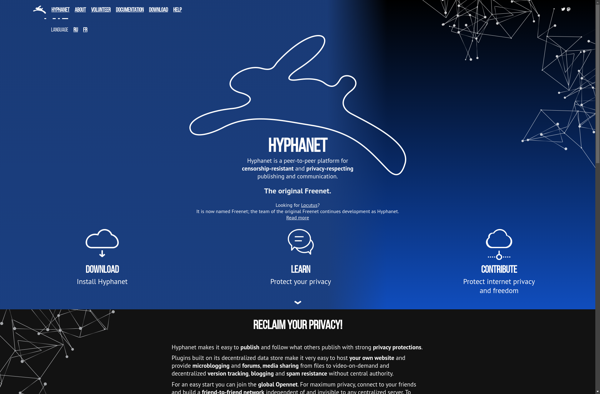
I2P
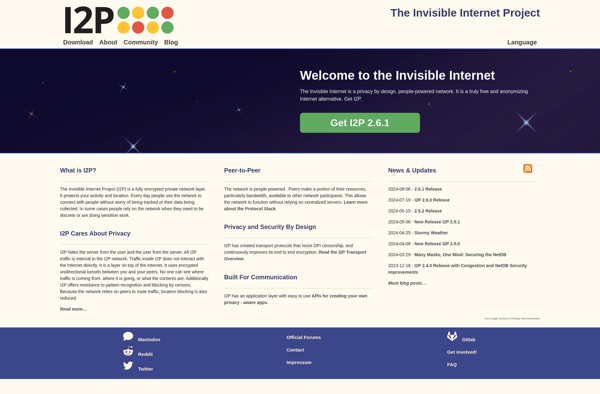
Hypercore Protocol
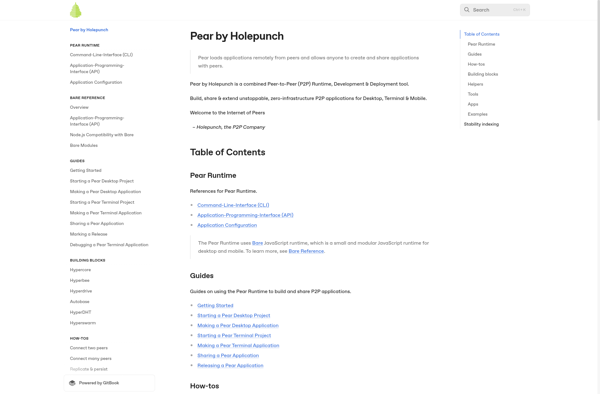
IPFS
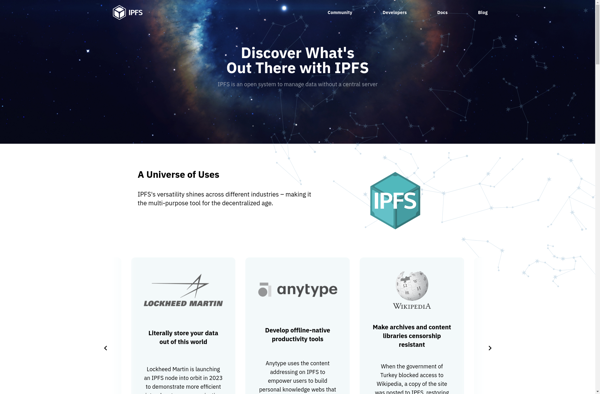
Decentralized Internet
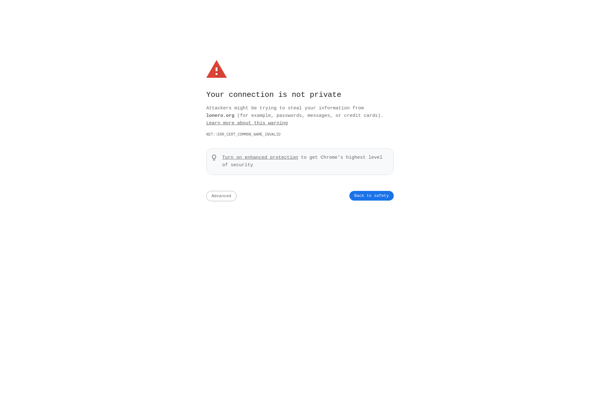
Beaker browser
